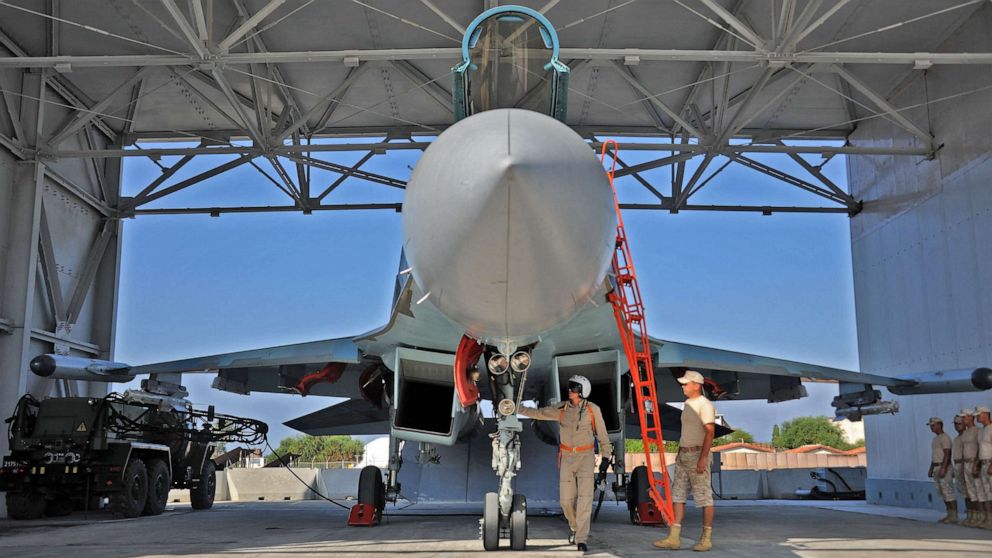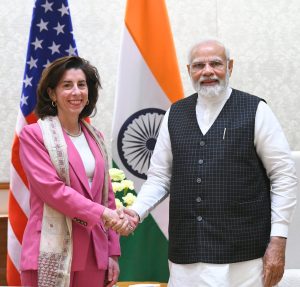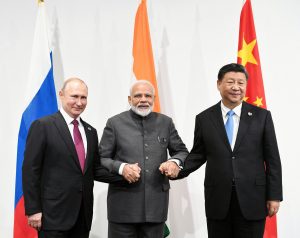The Challenges of United Front Work
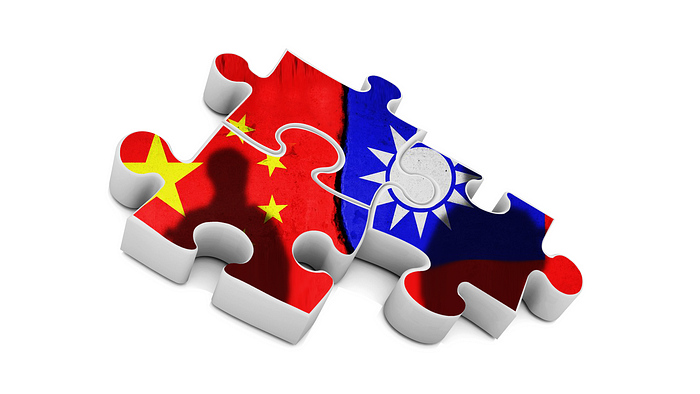 The evolution and escalation of China’s overseas influence in recent years has captured the attention of foreign policy elites across the world. In October 2022, news broke of the discovery of three secret police stations run by the Chinese government in London and Glasgow. It was revealed these stations were being used to repatriate overseas Chinese, monitor those classified by the Communist Party of China (CPC) as political dissidents, as well as counteract social movements in the UK deemed ‘anti-China’.[1] A report by the Spanish civil rights group Safeguard Defenders confirmed the existence of such stations in at least 21 countries across five continents since 2018.[2] A few months prior in January 2022, MI5 had issued an unprecedented alert detailing Chinese United Front Work Department official Christine Lee’s targeted donations of £420,000 to UK parliamentarians of strategic interest to Beijing, including Sir Ed Davey and Barry Gardiner.[3]
The evolution and escalation of China’s overseas influence in recent years has captured the attention of foreign policy elites across the world. In October 2022, news broke of the discovery of three secret police stations run by the Chinese government in London and Glasgow. It was revealed these stations were being used to repatriate overseas Chinese, monitor those classified by the Communist Party of China (CPC) as political dissidents, as well as counteract social movements in the UK deemed ‘anti-China’.[1] A report by the Spanish civil rights group Safeguard Defenders confirmed the existence of such stations in at least 21 countries across five continents since 2018.[2] A few months prior in January 2022, MI5 had issued an unprecedented alert detailing Chinese United Front Work Department official Christine Lee’s targeted donations of £420,000 to UK parliamentarians of strategic interest to Beijing, including Sir Ed Davey and Barry Gardiner.[3]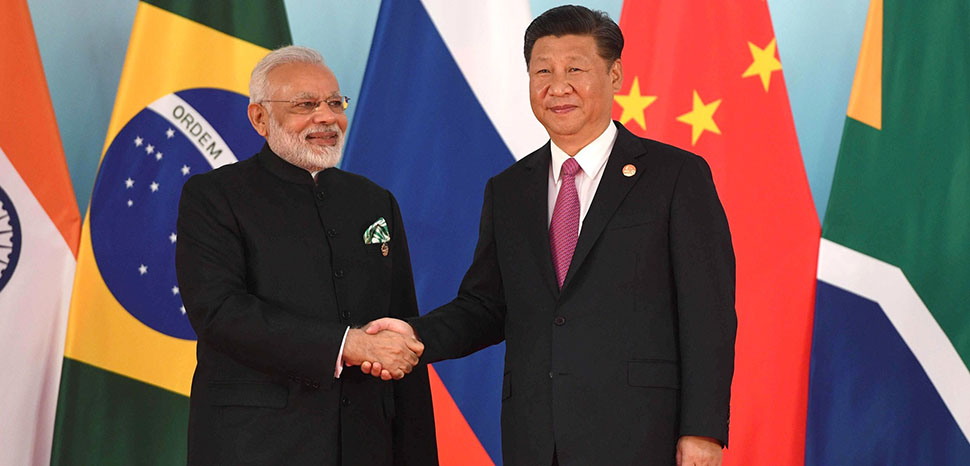

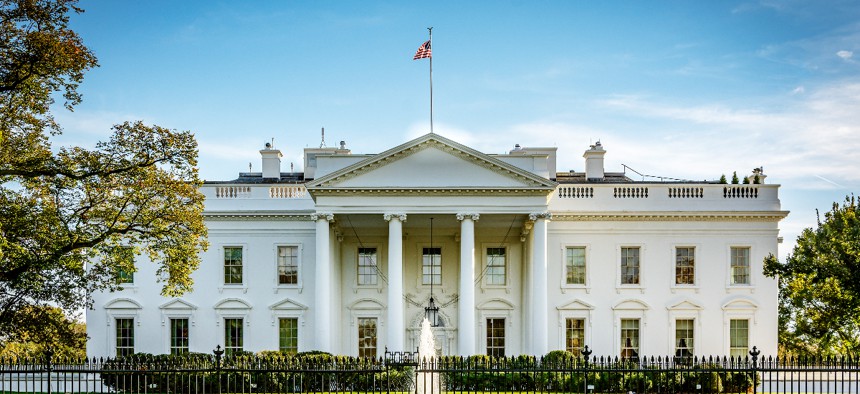

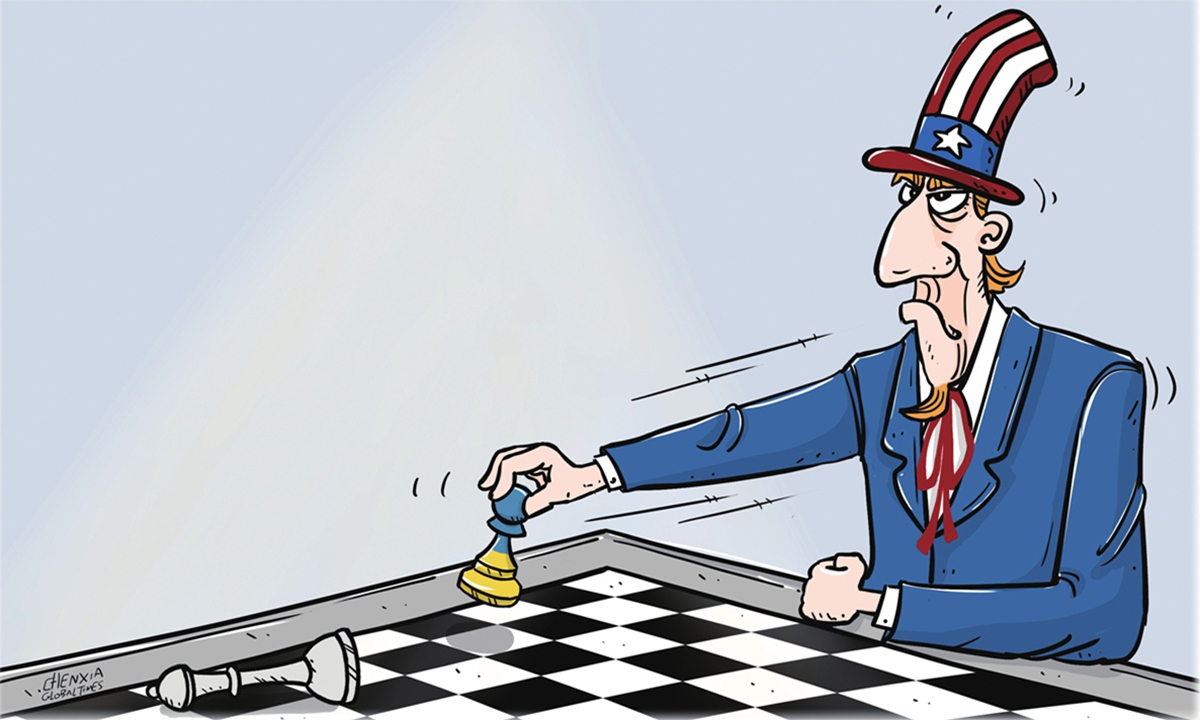
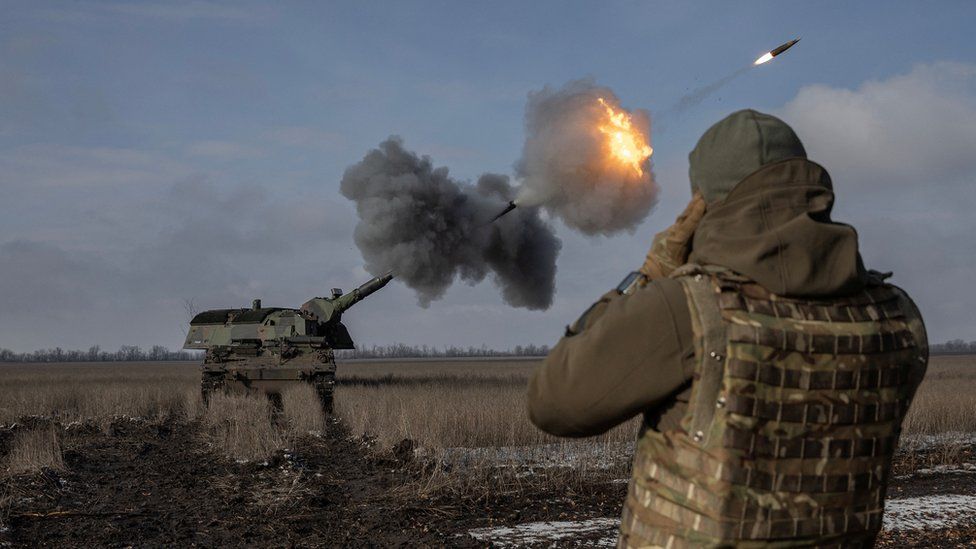



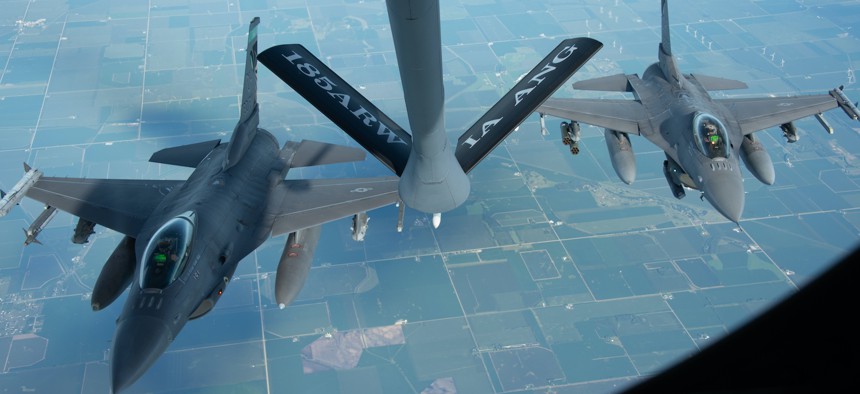





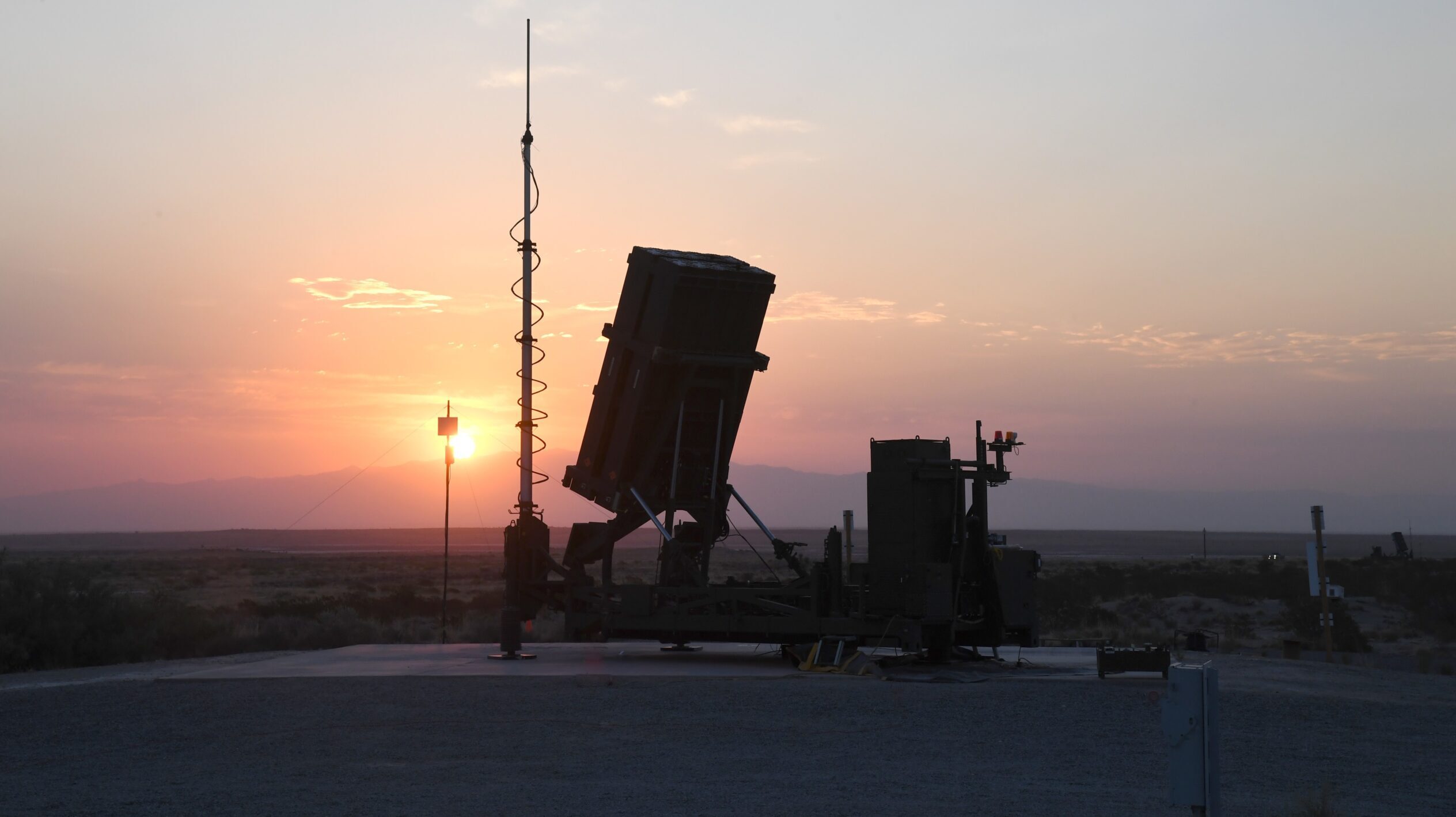
:quality(70)/cloudfront-us-east-1.images.arcpublishing.com/archetype/OROP6D3ZTBGNPJJD5SXDVVXKMY.jpg)
